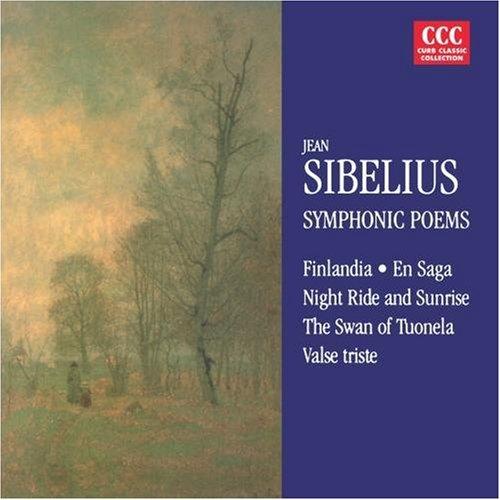
Lovecraft's passion for astronomy is a major component of his life, thought, and literary work, but until now it has never been extensively examined. This important topic has now been treated in an exhaustive treatise written by two authorities on the subject, Edward Guimont and Horace A. Smith.
The authors probe the origin and development of Lovecraft's astronomical interests, his studies of the moon, Venus, Mars, and other objects in the solar system, his fascination with a "trans-Neptunian planet" (discovered in 1930 and named Pluto), and his conjectures as to what might lie in the farthest gulfs of the cosmos. Along the way they examine such crucial texts as "The Colour out of Space," "In the Walls of Eryx," and the handwritten astronomy journals and pamphlets that Lovecraft wrote as a boy. They make emphatically clear that astronomy was a central element in Lovecraft's life and a vital component of his weird fiction.
Edward Guimont is a professor of history at the University of Connecticut. Horace A. Smith is an emeritus professor of astronomy and astrophysics at Michigan State University.







